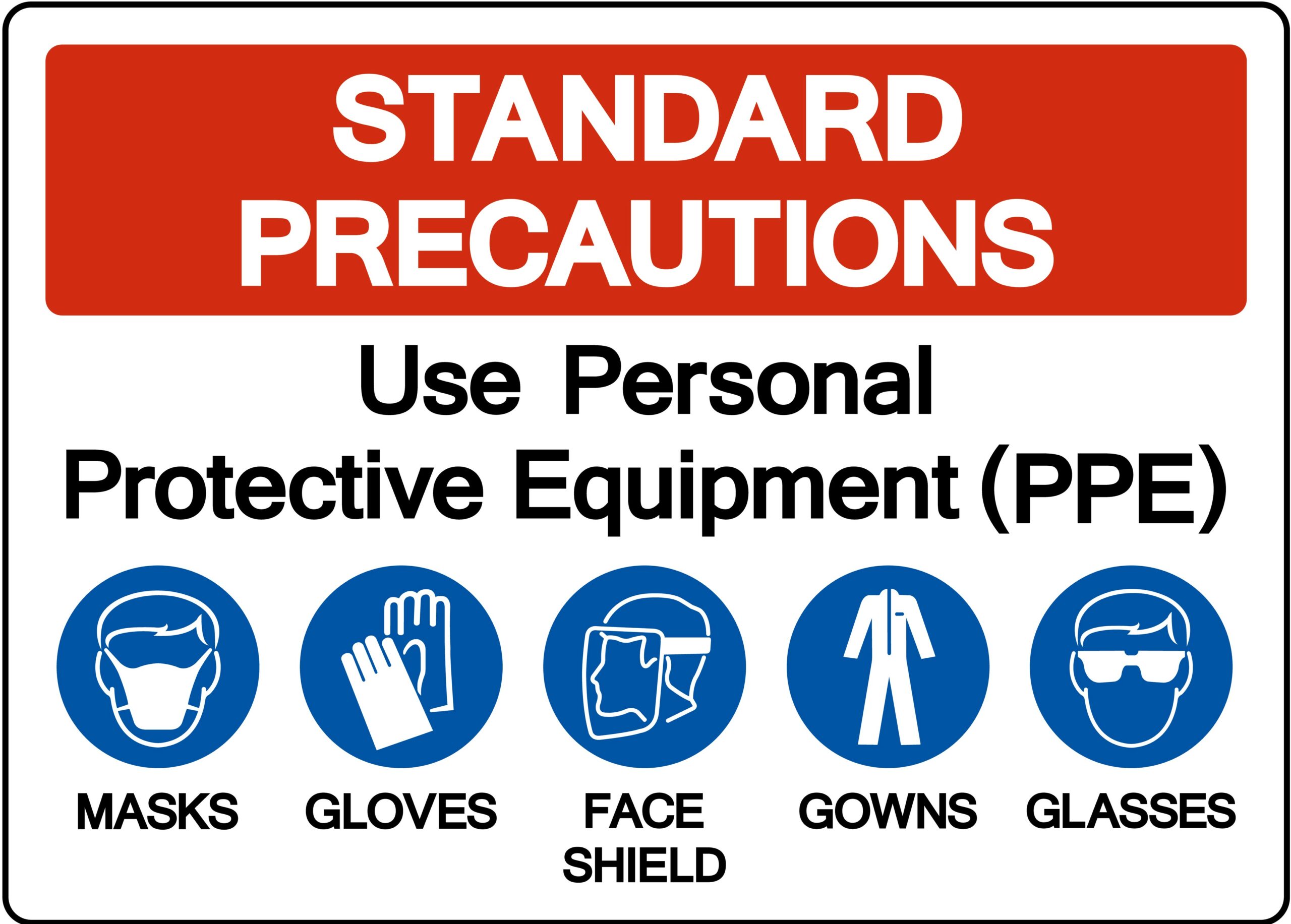Human Immunodeficiency Virus (HIV)
ACLS Certification Association videos have been peer-reviewed for medical accuracy by the ACA medical review board.
Article at a Glance
- HIV is a retrovirus that impairs the body’s immune system.
- Over time, HIV can progress to AIDS — diagnosed with a CD4 count of less than 200.
- Clinicians will learn the pathophysiology, signs and symptoms, stages, and nursing care of HIV.
HIV is one of the most important immunity topics. It’s passed from one person to another, transmitting via needle to needle, blood to blood, sexual contact, or mother to child during childbirth. The condition infects the patient with HIV retroviruses. The retroviruses alter the patient’s cellular DNA, using an enzyme called reverse transcriptase to convert its RNA into DNA. They reprogram the host cell and cause all kinds of internal havoc. There are two forms of HIV: HIV-1 and HIV-2. The HIV retrovirus targets the CD4 T-helper cell (a type of immune system cell). Therefore, providers check the numbers of CD4 cells to gauge virus progression. HIV eventually destroys these cells, and they undergo apoptosis. A patient’s CD4 cell count declines as HIV progresses.A Brief Overview of HIV
The three stages of HIV are: HIV is a retrovirus that harms CD4 immune cells. During acute seroconversion, the patient is infected with HIV retroviruses. This stage may take anywhere from two weeks to months. The viral load is extremely elevated, and the retroviruses rapidly replicate. Asymptomatic HIV is the next stage, and it may last years. It has a lower viral load. The patient may live life normally, void of HIV symptoms. Providers must remember that HIV and AIDS do not kill — opportunistic infections kill. A patient is diagnosed with AIDS when their CD4 count is less than 200 cells/mm33. At that point, the patient is vulnerable to various, fatal opportunistic infections. The CD4 count is a measure of the immune function of someone with HIV. A low CD4 count indicates a weakened immune function. Clinicians use the ELISA (enzyme-linked immunoassay) test to diagnose HIV. It’s confirmed via a Western blot. An ELISA test may present false negatives if the disease is in acute seroconversion. Read: Renin-Angiotensin-Aldosterone System (RAAS)The Stages of HIV
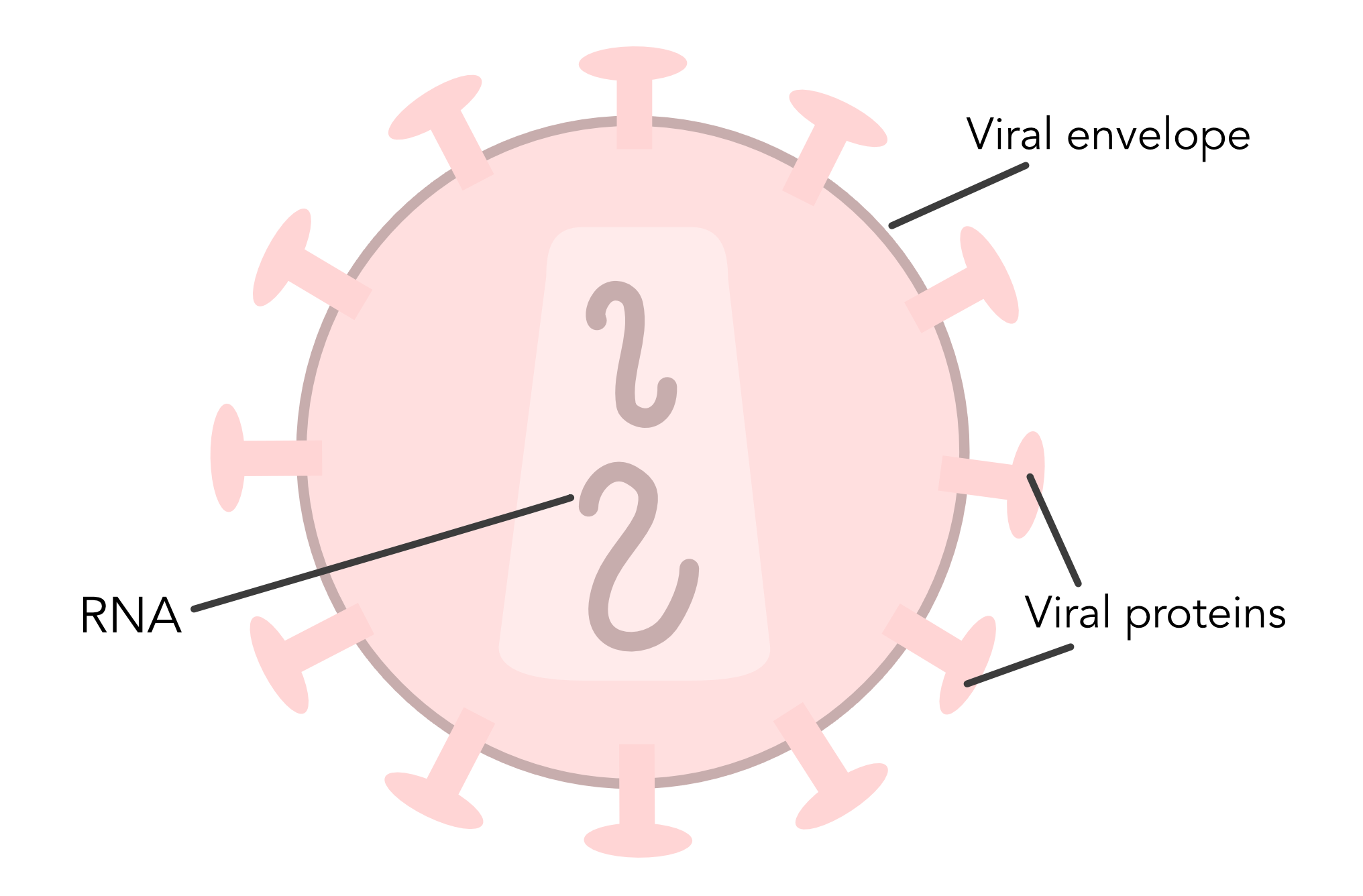
Acute Seroconversion
Asymptomatic HIV
Related Video – Pathophysiology of HIV
Acquired Immunodeficiency Syndrome (AIDS)
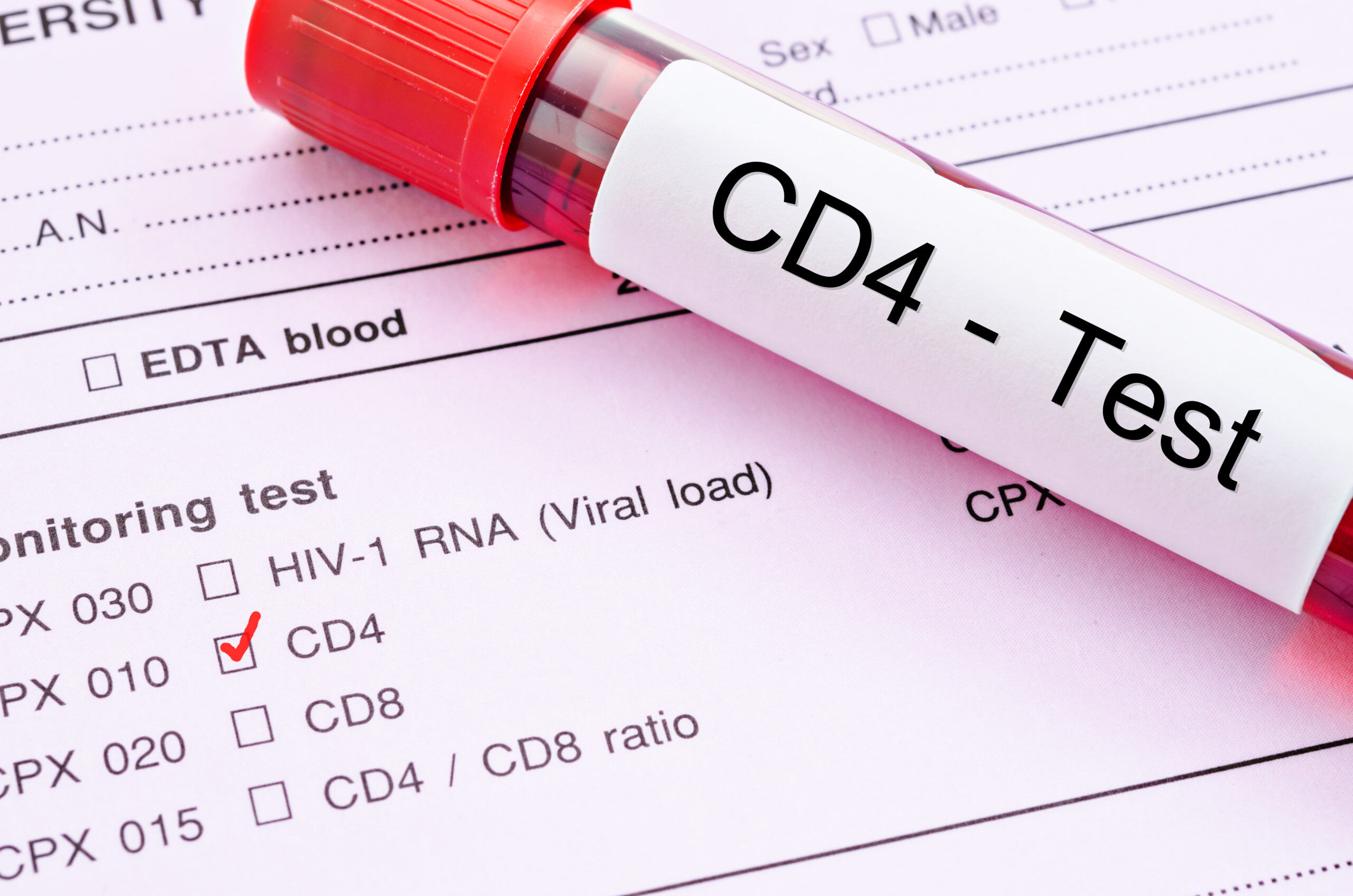
AIDS Diagnosis
HIV affects the T cells. The CD4 cells are T cells, so providers should watch for viruses, fungus, and opportunistic infections. If the B cells were targeted, clinicians would look for bacteria. Some infections providers watch for are: When a healthy individual is exposed to tuberculosis (TB), the TB normally remains latent. However, if the immune system is compromised, TB can become active. TB will adversely affect the pulmonary system of AIDS patients. AIDS patients may also develop pneumocystis pneumonia or PCP. It’s responsible for the majority of AIDS deaths. PCP is an opportunistic pneumonia. Pneumocystis pneumonia is an opportunistic infection of the lungs.Fatal Opportunistic Infections
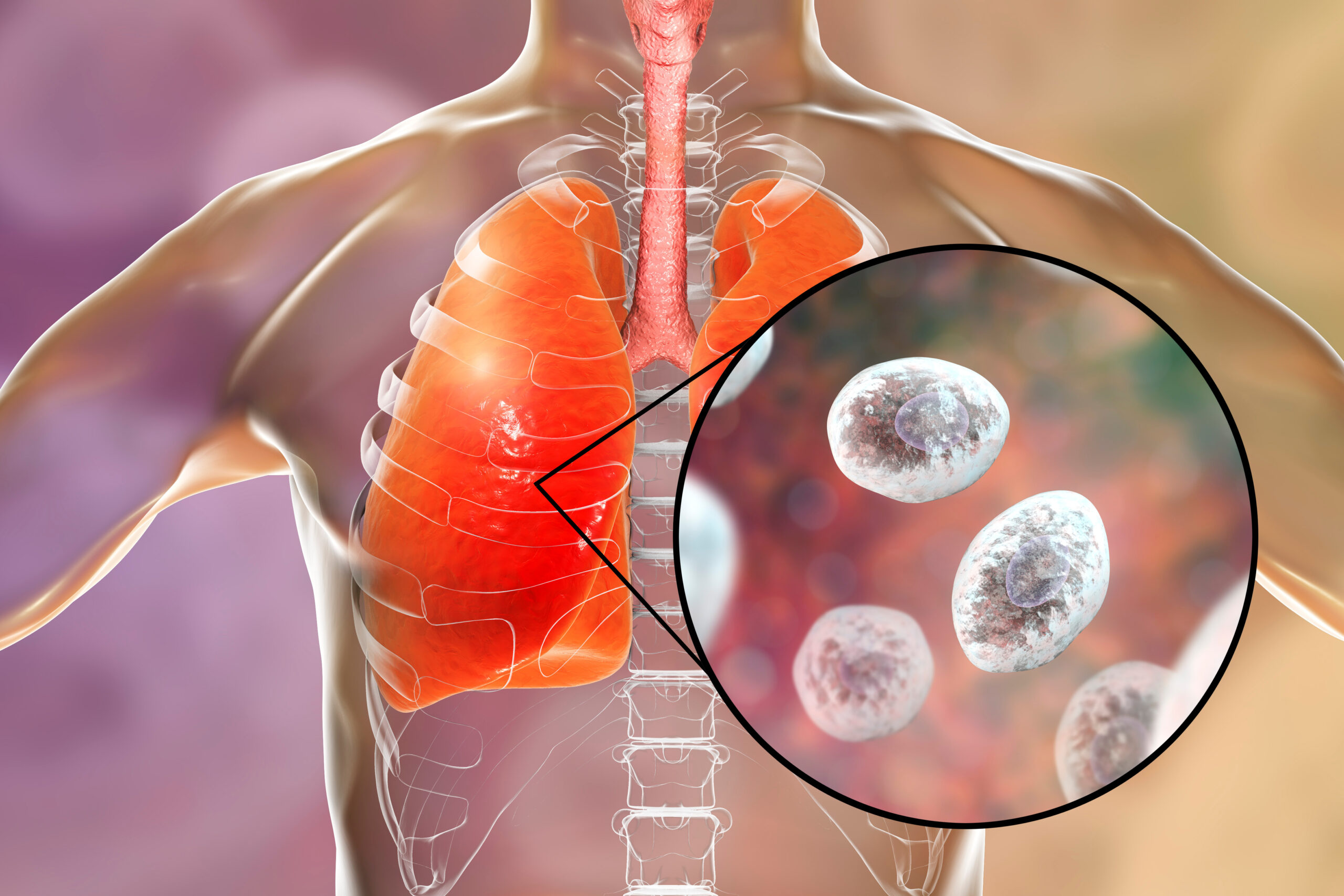
Related Video – How to Protect Yourself From Bloodborne Pathogens
The nurse’s main goal is to prevent opportunistic infections. For instance, an immunosuppressed patient may develop cryptococcal meningitis via a fungus. HIV patients are administered antiretroviral medications. It’s important providers educate patients on these medications because patients will be on a combination of several. The medications have some significant GI side effects, so patients should take them with food. Patients must adhere to their medication regimen to elevate their CD4 counts, strengthening their immune response. Medication adherence is crucial for successful HIV therapy. Patients must also avoid certain foods that may cause food-borne illnesses. For example, a foodstuff that may only cause moderate indigestion in a healthy person may kill an AIDS patient. Providers must educate their patients about the risks. It’s also important that providers practice handwashing and reverse isolation measures when taking care of AIDS patients. Infection control measures are a top priority if the patient has an extremely low absolute neutrophil count.Nursing Care for the AIDS Patient
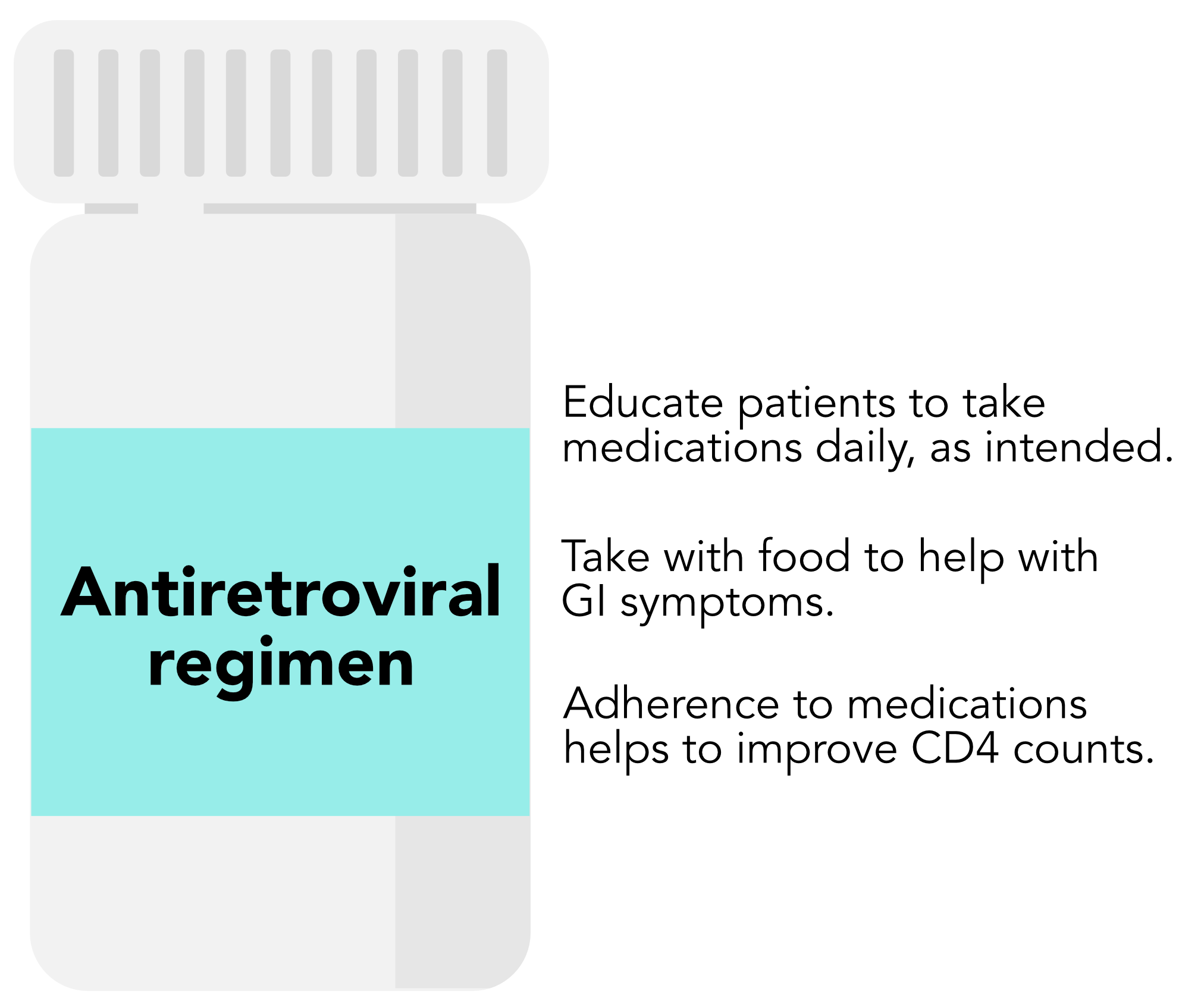
HIV is a retrovirus that attacks the body’s CD4 cells, impairing the immune system. The three stages of HIV are acute seroconversion, asymptomatic HIV, and AIDS. Providers must monitor and treat any possible fatal opportunistic infections resulting from the decreased immune system.Summary
More Free Resources to Keep You at Your Best
Editorial Note
ACLS Certification Association (ACA) uses only high-quality medical resources and peer-reviewed studies to support the facts within our articles. Explore our editorial process to learn how our content reflects clinical accuracy and the latest best practices in medicine. As an ACA Authorized Training Center, all content is reviewed for medical accuracy by the ACA Medical Review Board.

